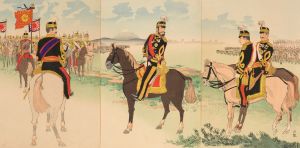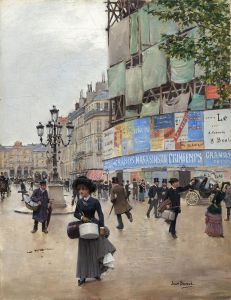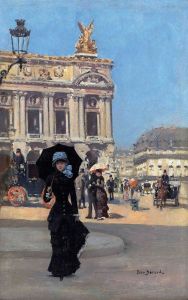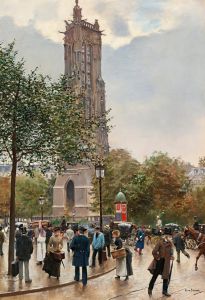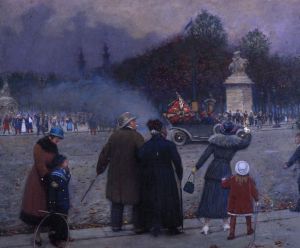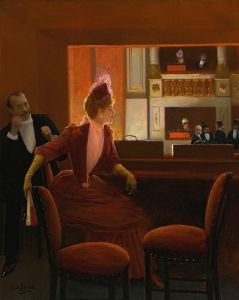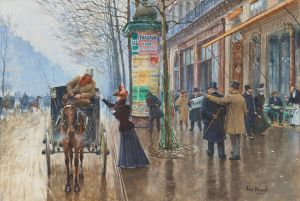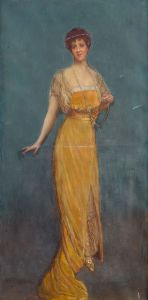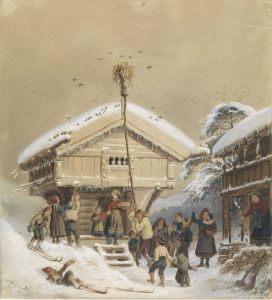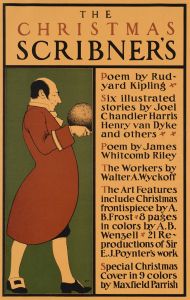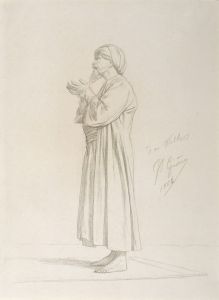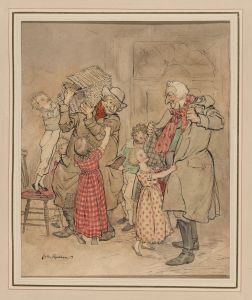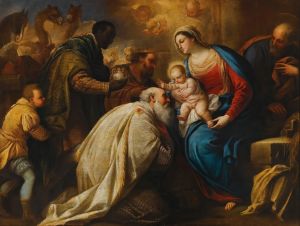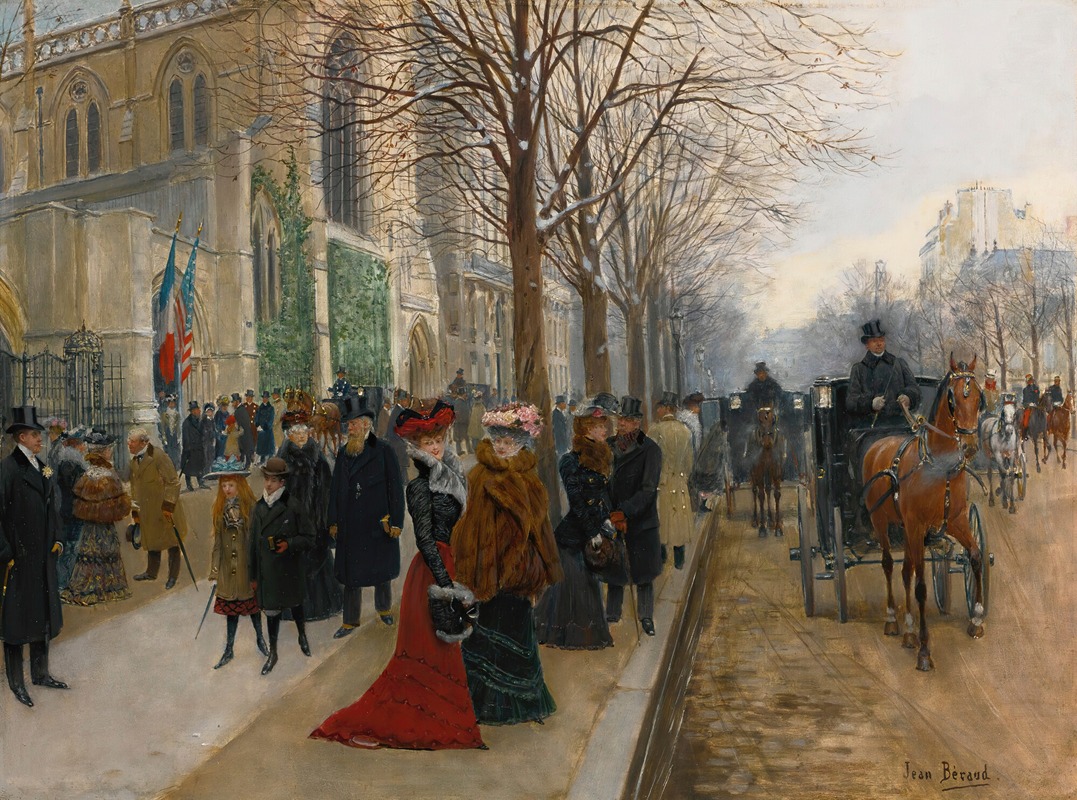
Après L’office À L’église De La Sainte Trinité, Noël 1890
A hand-painted replica of Jean Béraud’s masterpiece Après L’office À L’église De La Sainte Trinité, Noël 1890, meticulously crafted by professional artists to capture the true essence of the original. Each piece is created with museum-quality canvas and rare mineral pigments, carefully painted by experienced artists with delicate brushstrokes and rich, layered colors to perfectly recreate the texture of the original artwork. Unlike machine-printed reproductions, this hand-painted version brings the painting to life, infused with the artist’s emotions and skill in every stroke. Whether for personal collection or home decoration, it instantly elevates the artistic atmosphere of any space.
Jean Béraud was a notable French painter known for his depictions of Parisian life during the Belle Époque. One of his works, "Après L’office À L’église De La Sainte Trinité, Noël 1890," captures a scene outside the Church of the Holy Trinity in Paris, following a Christmas service in 1890. This painting is a fine example of Béraud's ability to blend genre painting with portraiture, offering a glimpse into the social customs and urban life of the time.
The Church of the Holy Trinity, or Église de la Sainte-Trinité, is a prominent landmark in Paris, located in the 9th arrondissement. It was designed by architect Théodore Ballu and completed in 1867. The church is known for its grand architecture and its role as a significant religious and cultural site in the city. Béraud's painting captures the essence of this location during a festive period, highlighting both the architectural beauty of the church and the lively atmosphere of the congregation leaving the service.
In "Après L’office À L’église De La Sainte Trinité, Noël 1890," Béraud employs his characteristic attention to detail and vibrant color palette to bring the scene to life. The painting depicts a bustling crowd of elegantly dressed Parisians, reflecting the fashion and social norms of the late 19th century. The figures are portrayed with a sense of movement and interaction, suggesting the lively conversations and social exchanges typical of such gatherings.
Béraud's work is often celebrated for its realism and its ability to capture the spirit of Paris during a time of great cultural and social change. His paintings frequently feature scenes of everyday life, from the bustling streets and cafes to more intimate moments of leisure and reflection. In this particular work, the artist's focus on the post-service congregation allows viewers to appreciate the communal aspects of religious and social life in Paris at the time.
The painting also serves as a historical document, providing insight into the customs and traditions of Christmas celebrations in 19th-century France. The choice of setting—a prominent church during a significant religious holiday—underscores the importance of both faith and community in the lives of Parisians during this era.
Jean Béraud's ability to capture the nuances of Parisian society has made his work an invaluable resource for understanding the cultural history of the period. "Après L’office À L’église De La Sainte Trinité, Noël 1890" is a testament to his skill as an observer and chronicler of urban life, offering a window into a world that continues to fascinate and inspire.





